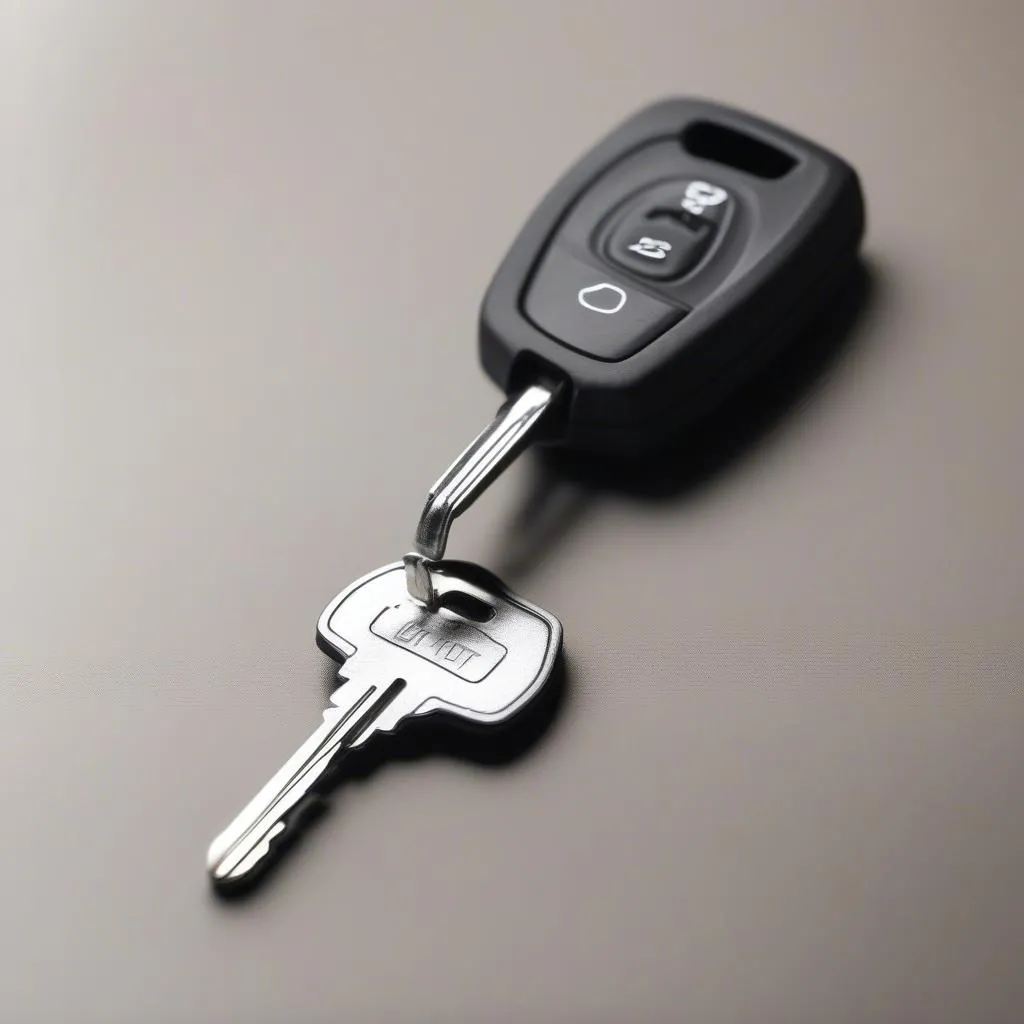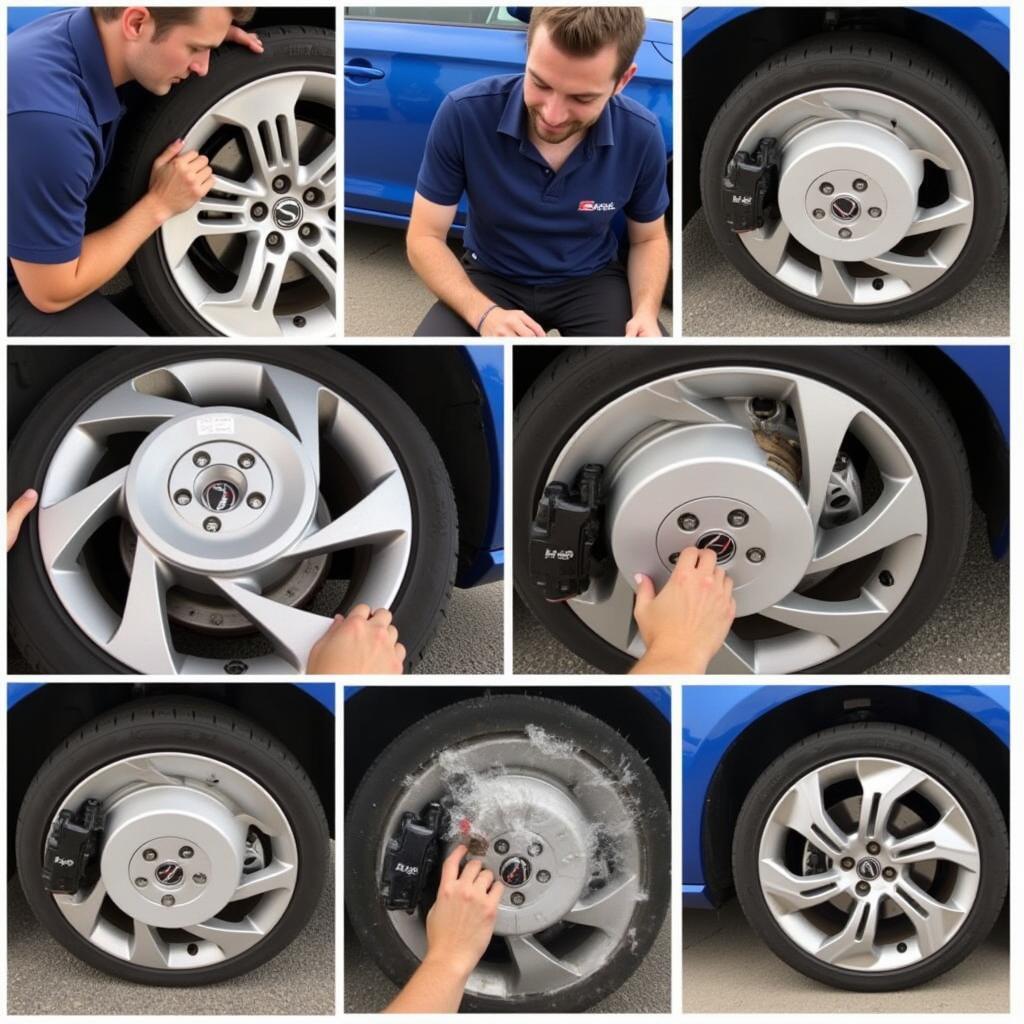The 2014 Dodge Dart has its share of reported battery problems. This guide dives deep into the common issues, diagnostics, and solutions for your 2014 Dodge Dart battery woes, offering practical advice and remote software solutions to get you back on the road.
Common 2014 Dodge Dart Battery Issues
Several factors can contribute to battery problems in a 2014 Dodge Dart. These can range from simple issues like loose connections to more complex problems requiring professional diagnostics. Understanding these common problems is the first step towards a solution.
- Parasitic Drain: A common culprit is a parasitic drain, where a component continues to draw power even when the car is off, slowly depleting the battery. This could be anything from a faulty interior light to a malfunctioning radio.
- Alternator Issues: The alternator is responsible for recharging the battery while the engine is running. A failing alternator won’t effectively charge the battery, leading to repeated drain and starting problems.
- Loose or Corroded Terminals: Over time, battery terminals can become loose or corroded, hindering the flow of electricity. This can result in starting difficulties or a complete inability to start the car.
- Age and Extreme Temperatures: Batteries have a limited lifespan, typically around 3-5 years. Extreme temperatures, both hot and cold, can accelerate battery degradation and shorten its life.
- Software Glitches: Modern vehicles rely heavily on software, and the 2014 Dodge Dart is no exception. Occasionally, software issues can affect the battery management system, leading to unexpected drainage or charging problems.
Diagnosing Your 2014 Dodge Dart Battery Problem
Identifying the root cause of your battery problem is crucial. While some issues are easily diagnosed visually, others require specialized tools and knowledge.
- Visual Inspection: Start by checking the battery terminals for corrosion or looseness. Look for any signs of physical damage to the battery itself.
- Voltage Test: Use a multimeter to measure the battery voltage. A fully charged battery should read around 12.6 volts. A lower reading indicates a discharged battery.
- Parasitic Drain Test: With the car off and all accessories turned off, use a multimeter to measure the current draw. A small drain is normal, but an excessive draw points towards a parasitic drain.
- Alternator Test: With the engine running, measure the voltage at the battery terminals. A functioning alternator should output around 14 volts.
- Remote Diagnostics: For more complex issues, consider remote diagnostics. Using specialized software, a qualified technician can access your car’s systems remotely to identify software glitches or other hidden problems.
 Testing the Alternator on a 2014 Dodge Dart
Testing the Alternator on a 2014 Dodge Dart
Solutions for 2014 Dodge Dart Battery Problems
Once you’ve identified the problem, implementing the correct solution is key to getting your Dart back on the road.
- Cleaning Battery Terminals: If corrosion is present, disconnect the battery cables and clean the terminals with a wire brush and baking soda solution.
- Tightening Connections: Ensure all battery connections are tight and secure.
- Battery Replacement: If the battery is old or damaged, replacement is often the best option.
- Alternator Repair or Replacement: A failing alternator will need to be repaired or replaced.
- Addressing Parasitic Drain: Identify and fix the component causing the parasitic drain. This may involve replacing faulty parts or repairing wiring issues.
- Remote Software Updates and Programming: For software-related battery problems, remote software updates and programming can often resolve the issue without requiring a physical visit to a mechanic. This is a convenient and effective way to address many modern car problems. How do you open a dodge key fob? This can be very important in the cold when you’re outside for a long time.
“Remote diagnostics and software updates are revolutionizing the way we fix cars,” says automotive electrical engineer, David Miller. “They offer a fast, efficient, and cost-effective way to address many common problems, including battery issues.”
 Remote Diagnostics for a 2014 Dodge Dart
Remote Diagnostics for a 2014 Dodge Dart
Conclusion
2014 Dodge Dart battery problems can be frustrating, but understanding the common causes and solutions can empower you to address these issues effectively. From simple DIY fixes to more advanced remote software solutions, there are options available to get your Dart running smoothly again. Don’t let battery problems keep you sidelined. Take proactive steps to diagnose and resolve your 2014 Dodge Dart battery problems today.
“Regular battery maintenance can prevent many common problems,” adds Sarah Chen, another experienced automotive electrical engineer. “Simple checks and cleaning can significantly extend the life of your battery.”
FAQ
- How long should a 2014 Dodge Dart battery last? Typically, 3-5 years, depending on usage and climate.
- Can I jump-start a 2014 Dodge Dart with a dead battery? Yes, but follow proper jump-starting procedures.
- What are the signs of a bad alternator in a 2014 Dodge Dart? Dimming headlights, flickering dashboard lights, and difficulty starting.
- Where can I get remote diagnostics for my 2014 Dodge Dart? Contact a qualified automotive technician specializing in remote diagnostics.
- How do I know if my 2014 Dodge Dart has a parasitic drain? Perform a parasitic drain test using a multimeter.
- Is it safe to drive my 2014 Dodge Dart with a bad alternator? Not recommended, as the battery will eventually drain completely, leaving you stranded.
- Can extreme cold affect my 2014 Dodge Dart’s battery? Yes, cold weather can reduce battery performance and lifespan.



